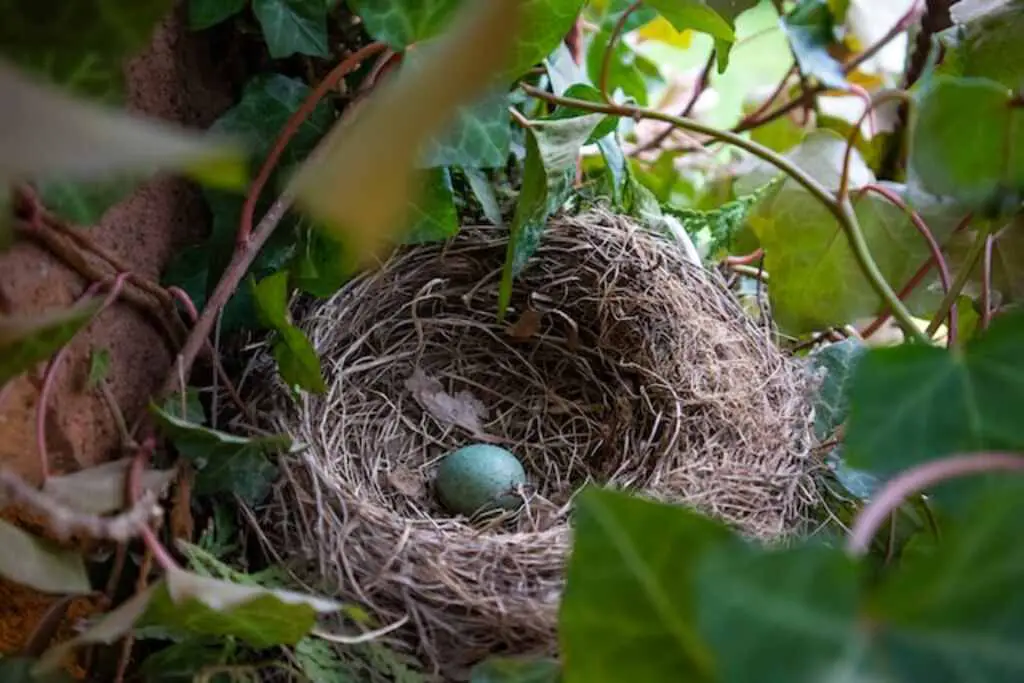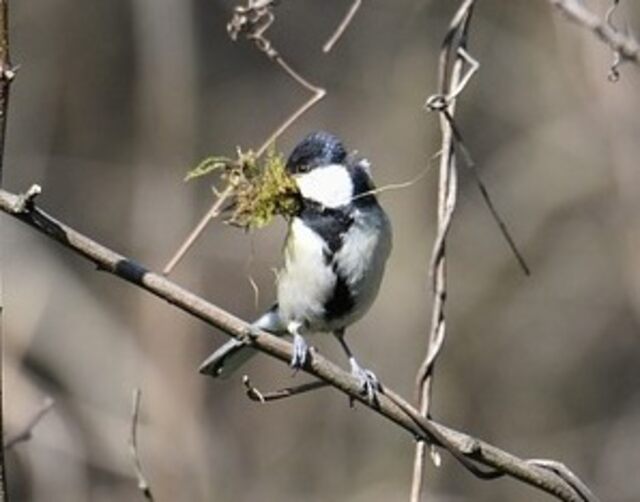Birds are masters of construction, and their nests are some of the most intricate and fascinating habitats in the animal world. Nests can be made from a variety of materials, and each bird has its own methods and preferences.
In this article, we’ll explore the different materials birds use to construct their nests, and learn about some of the intriguing features that make them so special.
Table of Contents
- 1 What do birds use to build their nests?
- 2 Where do birds build their nests?
- 3 What are nests made of?
- 4 When to put out nesting material for birds?
- 5 How to make a bird nest material dispenser?
- 6 Is dog fur good for birds nests?
- 7 What are some safe nesting materials for birds?
- 8 How do birds nest?
- 9 Do birds need nesting materials in winter?
- 10 Do all birds build nests in trees?
- 11 Do all bird species build nests?
- 12 What do birds build their nests out of?
- 13 Nest building birds
- 14 Author
What do birds use to build their nests?
Birds use many different materials to build their nests, depending on the species. Some birds build their nests out of sticks and leaves, while others use twigs, feathers, spider webs, paper, foil or even cigarette butts.
Some birds even build their nests out of mud! Whatever the nest material, it is usually put together with a bit of craftsmanship by the bird itself.
Where do birds build their nests?
Birds use a variety of nests to raise their young. Some nest in trees, bushes, on the ground, nest boxes, natural cavities, balconies, cliffs, under bridges, rooftops and even on top of buildings.
Some birds build nests by themselves, while others find nests made by other birds and others may reuse old nests. Choosing where to build a nest often depends on the location and availability of suitable materials.
What are nests made of?
Some common materials bird’s use to make nests include dead twigs, leaves, grass, cottonwood down, moss, and even bark strips. Nests are often made of materials that are easy to find and transport.
The material used in a nest can depend on the species of bird that built it. Some birds build nests out of sticks and leaves while other species use softer materials like cottonwood down or moss.
When to put out nesting material for birds?
Nesting material for birds can be put out as early as in early spring or fall, depending on the bird species and what their specific nesting requirements are.
Putting out a little bit of nesting material such as small sticks, leaves, cotton or grass will help stimulate natural instincts in the birds to start building their nests.
Weather conditions, predator populations, and food availability are among the factors that can affect this.
How to make a bird nest material dispenser?
Materials:
- A plastic storage container or jar with a lid
- A mesh feeder cup or small bowl (for mixing the nesting material)
- Hot glue gun and glue sticks
- Wire hanger or other sturdy object to suspend the dispenser from a tree branch (optional)
Instructions:
1. Fill the storage container with enough nesting material to cover the bottom of the cup. The more you mix, the more birds will be attracted to your dispenser.
2. Glue the mesh feeder cup on top of the storage container, making sure it is centered.
3. Hang the dispenser from a sturdy wire hanger or other object by fixing it in place at an angle so that the cup hangs below it by about 2 inches.
4. Let your birds have fun filling their nests!
Is dog fur good for birds nests?
Birds have been known to make their homes out of all sorts of things, including dog fur. The fibers in a dog’s hair can be used to create a protective barrier around the nest and keep the eggs within warm and safe from the cold weather outside. While many people may find it a bit shocking, dog fur has been used as nests by wild birds for thousands of years.
What are some safe nesting materials for birds?
There are plenty of safe nesting materials that birds can use. Some frequently used materials include straw, grass, leaves, twigs and feathers. Nests made from these materials are typically very safe for the bird and its eggs.
How do birds nest?
Birds typically build their nests from natural materials such as twigs, leaves, cotton, cattail down, blossoms, string, horsehair, pine needles or feathers.
Some birds, such as the cedar waxwing, build elaborate structures out of sticks, twigs, grass, cattail down, rushes, string, and horsehair. Nests are usually built in locations that provide shelter from the weather and easy access to food and water.
Do birds need nesting materials in winter?
For the most part, birds that live in cold climates like Canada or the northern United States need to insulate their roosting cavities with some type of material to keep warm.
Birds that live in warmer climates usually don’t need to do this because they can thermoregulate well enough by staying active during the day.
Some exceptions include house sparrows and starlings, which cannot regulate their body temperature very well and must rely on nesting materials to stay warm.
Do all birds build nests in trees?
Although trees are a typical nesting place for most birds, this isn’t always the case. Birds of prey such as the bald eagle typically construct their nests high up in trees, and water-dwelling birds such as pelicans, ducks and geese frequently construct their nests on the ground or on top of floating vegetation, due to their proximity to food sources.
Meanwhile, woodpeckers, crows and owls nest in tree cavities, while swifts and swallows usually build their nests on the sides of buildings and other man-made structures.
Do all bird species build nests?
No, not all bird species build nests. Certain species of birds, such as swallows, house martins and swifts, have evolved to build their nests on the sides of cliffs and buildings, rather than in trees or bushes. Other species, such as the Magnificent Frigatebird, the Razorbill, the Sooty Tern, the Gannet, and the Kingfisher, do not build nests but instead lay their eggs in dense shrubbery along the coast, or on bare rock or sandy beaches.
Furthermore, some species, such as the hummingbird, build small cup-like nests high up in trees and shrubs, while other species, such as the Mallard Duck and Canada Goose, nest on the ground close to water, other species like woodpeckers, chickadees and nuthatches find pre-existing cavities in trees, either naturally occurring or abandoned by other species.
What do birds build their nests out of?
Birds build their nests out of a variety of materials including twigs, grasses, mud, animal fur and feathers, and even trash. The material used varies by species and is often determined by the environment.
Nests are built for protection and typically lined with softer materials such as feathers, fur and grasses. While some birds build intricate nests, others will simply create a cup-like shape from the materials available.
Different techniques are used depending on the bird species, such as weaving, plaiting and knotting. Birds may also use mud to secure the nest and provide added strength.
Ultimately, the type of materials used depend on the bird species and the availability of resources in the environment.
Nest building birds
There are alot of birds that build nests, some are robins, blue jays, sparrows, swallows, and finches. Robins make their nests out of twigs, grass, and mud and will typically make their nests in trees or shrubs.
Blue jays make their nests out of pine needles, feathers, and twine and typically nest in forests gardens or backyards. Sparrows like to build cup-shaped nests out of straw and grass and often nest in trees and shrubs.
Swallows mold cup-shaped nests out of mud, grass, and feathers and usually nest under eaves, porches, and attics. Finches also like to make their nests out of twigs and moss and like to nest in thick shrubs or occasionally trees.
Related Post:




